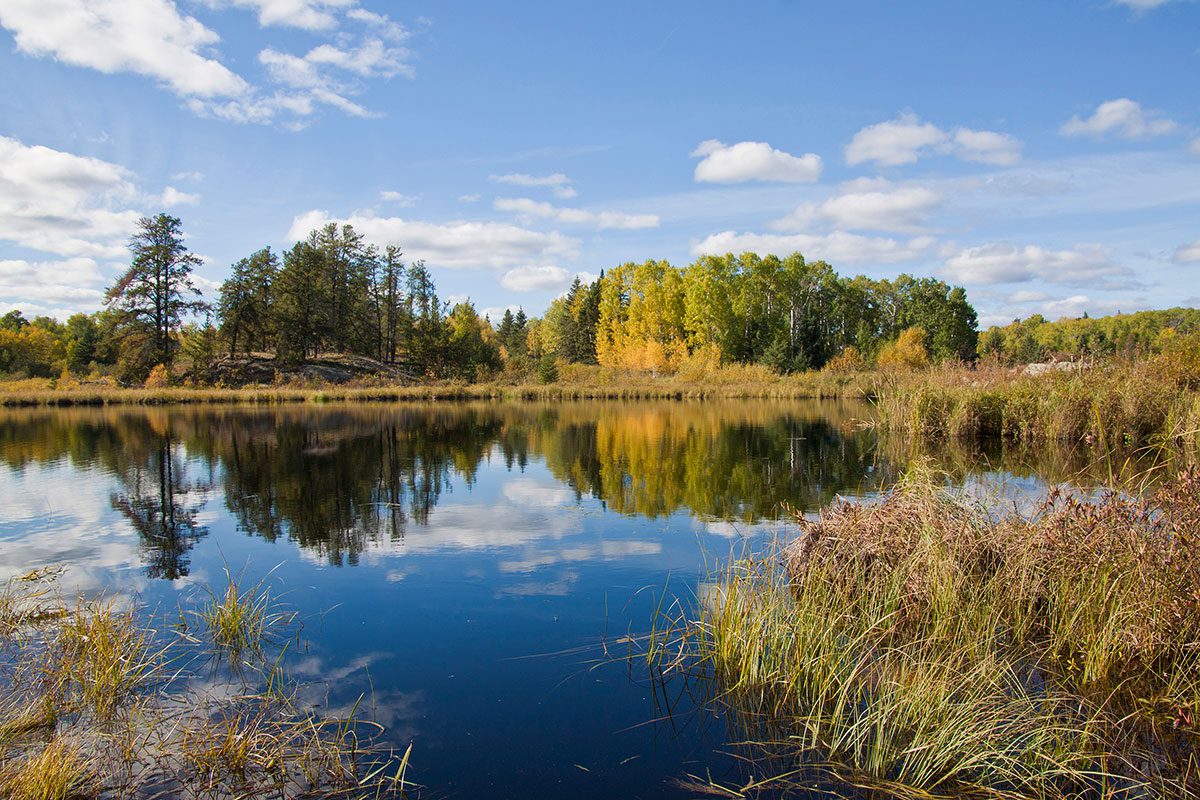The North Saskatchewan Watershed Alliance (NSWA) is partnering with the Vermilion River Watershed Alliance (VRWA) to restore and enhance wetlands and riparian areas in the Vermilion River watershed in central Alberta. The Vermilion River watershed is located in the Parkland Natural Region of east-central Alberta. It is a rural area dominated by farming and is one of 12 sub-watersheds within the larger North Saskatchewan River (NSR) watershed. It covers 7,860 square kilometres, or 14% of the total NSR basin. It includes all or portions of eight rural municipalities plus a total of twelve towns, villages, and hamlets. The largest urban municipalities are the Towns of Vegreville and Vermilion. As of 2011, these urban and rural municipalities had a combined population of 56,977 people.
We know that over the past 100 years the Vermilion River watershed has been greatly altered. Widespread wetland drainage has occurred to aid in farming, transport, and development. To deal with harmful flooding in 1974, the Government of Alberta channeled the Vermilion Lakes and the Vermilion River at Vegreville and installed a water management structure at Morecambe. The structure was designed to drain water from the lakes during times of wet weather and high runoff.
These human changes have altered a number of watershed functions, including the landscape’s ability to store water, recharge groundwater, add to stream base flow, and lessen the severe effects of flooding. As a result, the State of the North Saskatchewan Watershed Report (2005) gave the Vermilion River watershed a subjective rating of “poor.”
In alignment with the Canadian Beef Industry 2030 Water Goals, our project has focused on improving watershed resiliency to floods and drought by restoring degraded or lost wetlands and enhancing existing wetland and riparian areas. Throughout this project we have worked with over 30 landowners across the watershed to implement various projects such as:
Exclusion Fencing of wetland and riparian areas to reduce livestock impact
Grassed buffer strips on crop land to trap unwanted materials before entering water
Alternative watering systems to reduce livestock impact on riparian areas and improve water quality and animal health
Planting Eco-buffers to manage snow-trap in winter & reduce water evaporation in summer
Revegetation by seeding bare patches with native grass seed or planting site-appropriate tree seedlings to mitigate soil erosion and reinforce stream banks
So far, we have restored/enhanced over 20km of riparian areas and over 150 hectares of wetlands. This project would not have been possible without the landowners and our project partners and funders.
